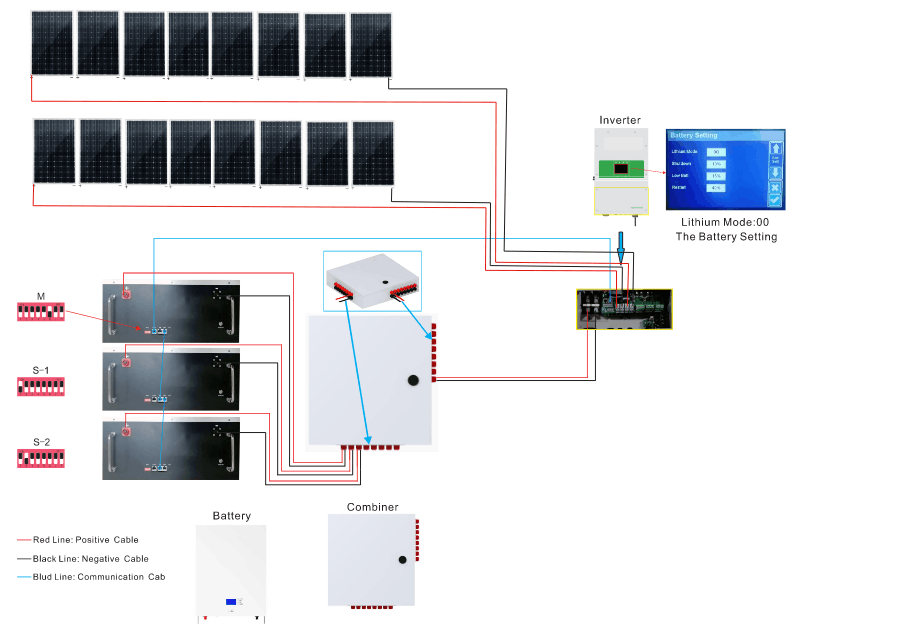The survey shows that in 70% of power outages, most households with 30 kWh residential energy storage system can maintain their power demand.
According to a study conducted by Lawrence Berkeley National Laboratory (LBNL), a single family residence equipped with residential solar energy system and energy storage system can cope with the impact of power failure for many days without turning off key loads such as lighting, heating and cooling, but this largely depends on the configuration level of solar energy+energy storage system.

This research is the first in a series of reviews of solar+energy storage systems carried out by LBNL and the National Renewable Energy Laboratory (NREL) of the United States. This report examines 10 power outages of more than 24 hours in order to provide a benchmark for performance evaluation.
LBNL researchers concluded in a report released in September that "in 7 of the 10 events, most household users were able to use the solar energy+energy storage system of the 30kWh residential energy storage system to maintain electricity consumption." This is usually the upper limit of the scale of residential energy storage system in the current market.
The report also points out that there may be significant differences between different household users, especially for households using electric heating, the time to maintain power demand is much lower.

The researchers pointed out that its performance largely depends on the size of the energy storage system and the electrical load. However, if heating and cooling equipment is not considered, small energy storage systems with only 10kWh energy storage capacity can almost meet the power supply demand for three days.
LBNL said that this study had some limitations, because it used a variety of simplified assumptions and did not take into account factors such as possible snow cover during winter activities.
The report explained that snow is a very complex factor for residential solar facilities, because it depends not only on climate and physical characteristics, but also on behavioral factors. For example, whether and how long building occupants clear snow may itself depend on power outages.
It is reported that the future research of LBNL and NREL may establish models of energy efficiency and electrification measures in a wider range of regions, including the impact of using heat pumps in cold climates and the use of batteries other than standby power on the charging state of the solar energy+energy storage system.